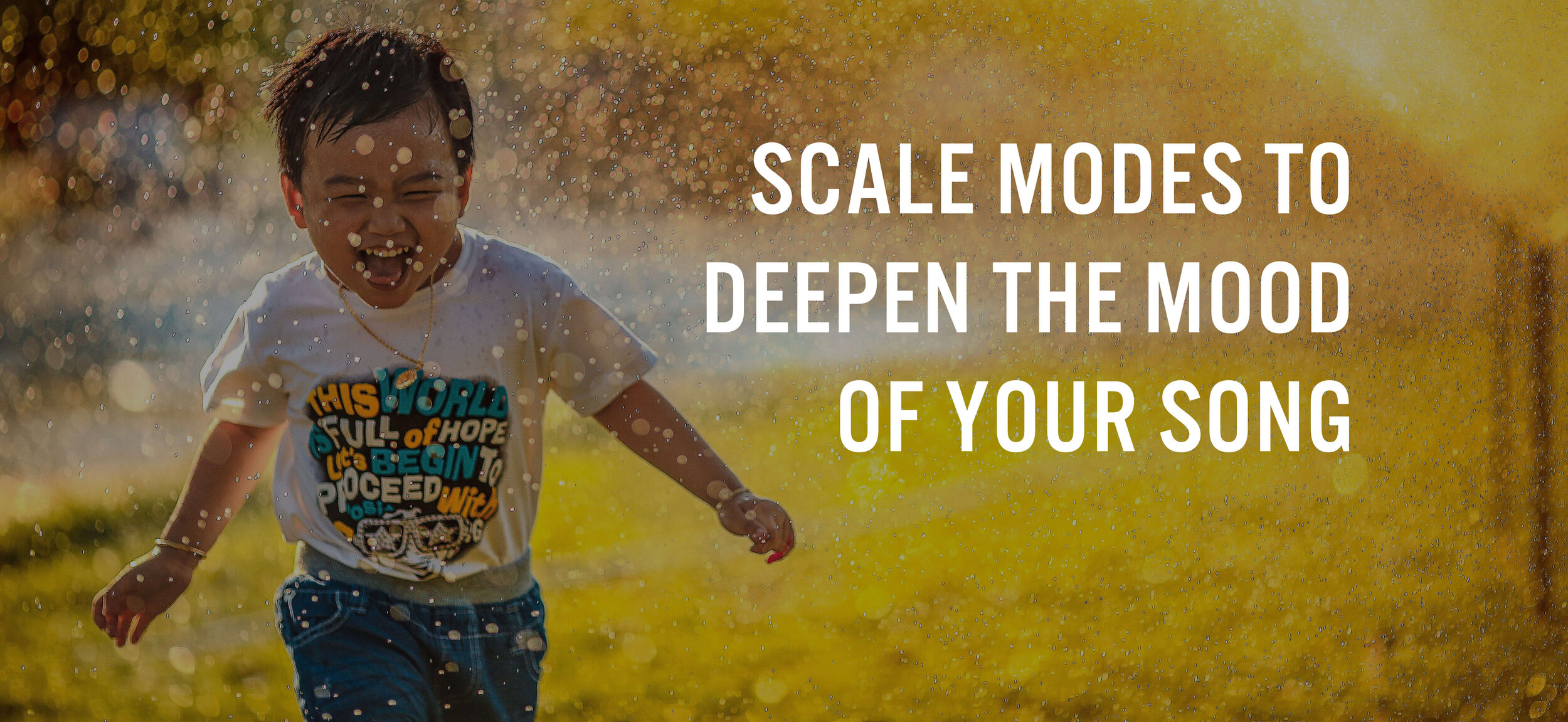Knowing different scales is an important way to add strength and depth to your music. Not all songs are happy and upbeat, and many producers and songwriters use scale modes to give their songs a larger emotional depth.
The modes we will be looking into today are the Dorian, Mixolydian, Mixolydian Flat-6, and Phrygian.
Dorian
This scale mode is prevalent in jazz, R&B, and pop music. It’s most common use is in jazz and blues improvisations. Dorian starts on the second scale degree, and is the second mode on the major scale. The Dorian scale has a minor third and flat seventh. The sixth scale remains in the major key, and creates a tritone interval in between the minor third and major sixth.
Dorian mode is often used in place of a minor scale, where you still want the emotions of the minor scale without it feeling too dark.
Here are some famous songs that use the Dorian mode:
Mixolydian
This scale mode is common in rock, blues, and jazz music, and now has an important place in more modern pop songs. It is the fifth mode on the major scale. It’s known for its flat seventh note that creates a tension with the rest of the major scale.
Here are some famous songs that use Mixolydian mode:
Mixolydian Flat-6
This mode is not as commonly used in pop songs as the other modes, but there are pop songs with traces of this mode. Mixolydian flat-6 is the sixth mode of the melodic minor scale. It has a flat fifth and sixth, and is a common improvised scale.
Here are some famous songs that use Mixolydian Flat-6 mode:
Phrygian
This is a minor scale mode that is not commonly used, but has some influences in jazz and pop songs. It has sharps on the second, third, sixth, and seventh notes. It also features a minor third (like in other minor scales) and a b7. This mode is also commonly used in Spanish and Indian classical music.
Here are some famous songs that use Phrygian mode:
Conclusion
The scale modes listed are unique ways to give your song some further depth and emotion, and you can compose your music using one, or a combination of different modes and scales. It’s also a good idea to listen to other songs with the scale mode you want to use in order to gain inspiration, and advice on how to use it well.
If you need any extra help producing or creating your own music, contact us here. We look forward to adding massive value to your music.
So which scale mode do you like the best? Let us know!
- By Julianna Martinek


